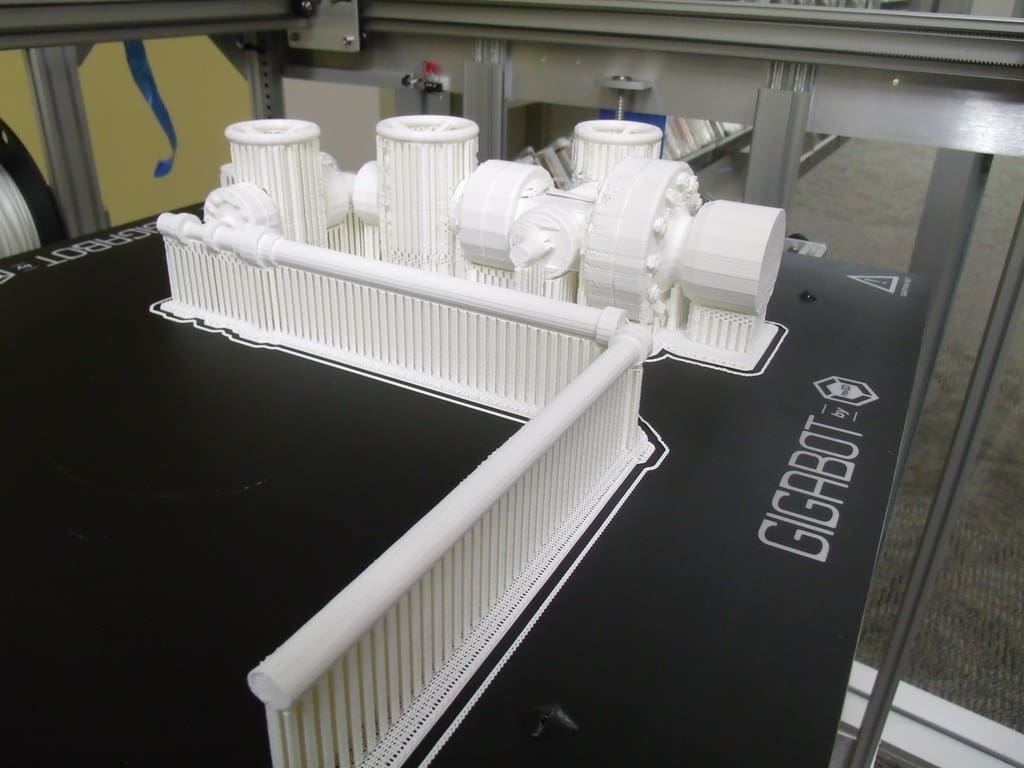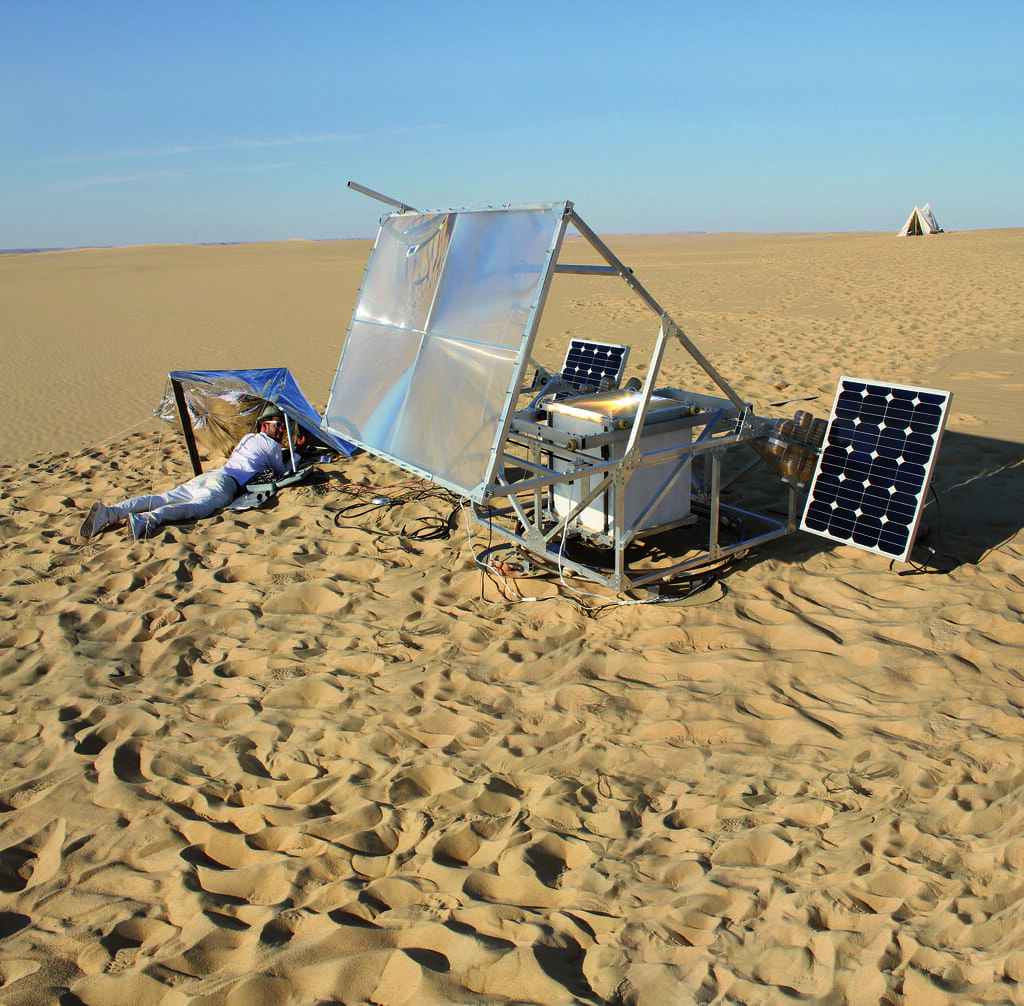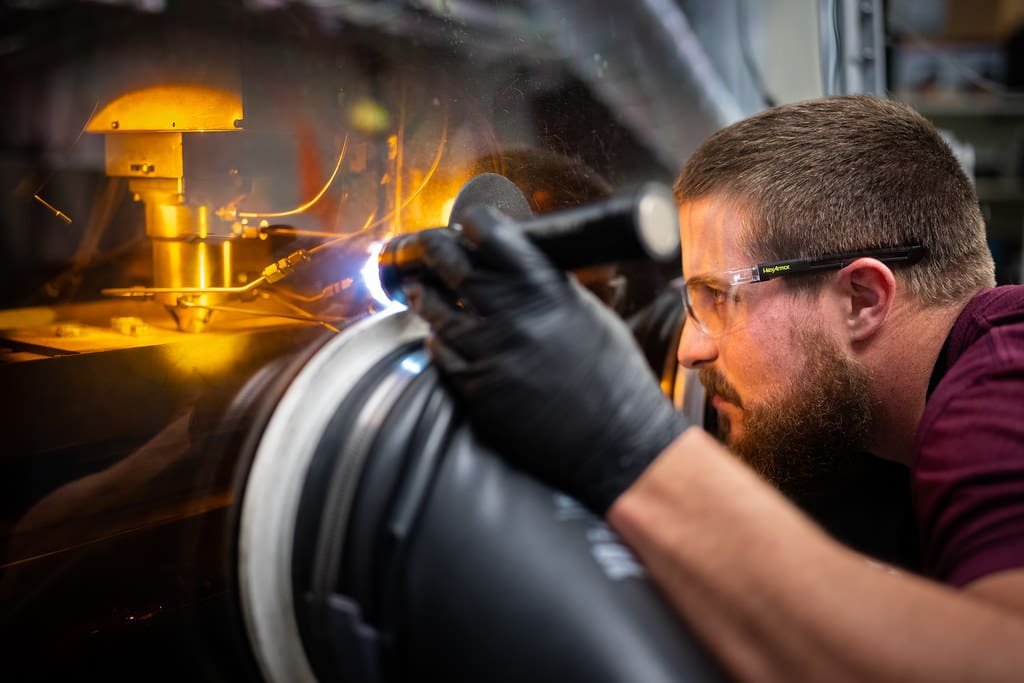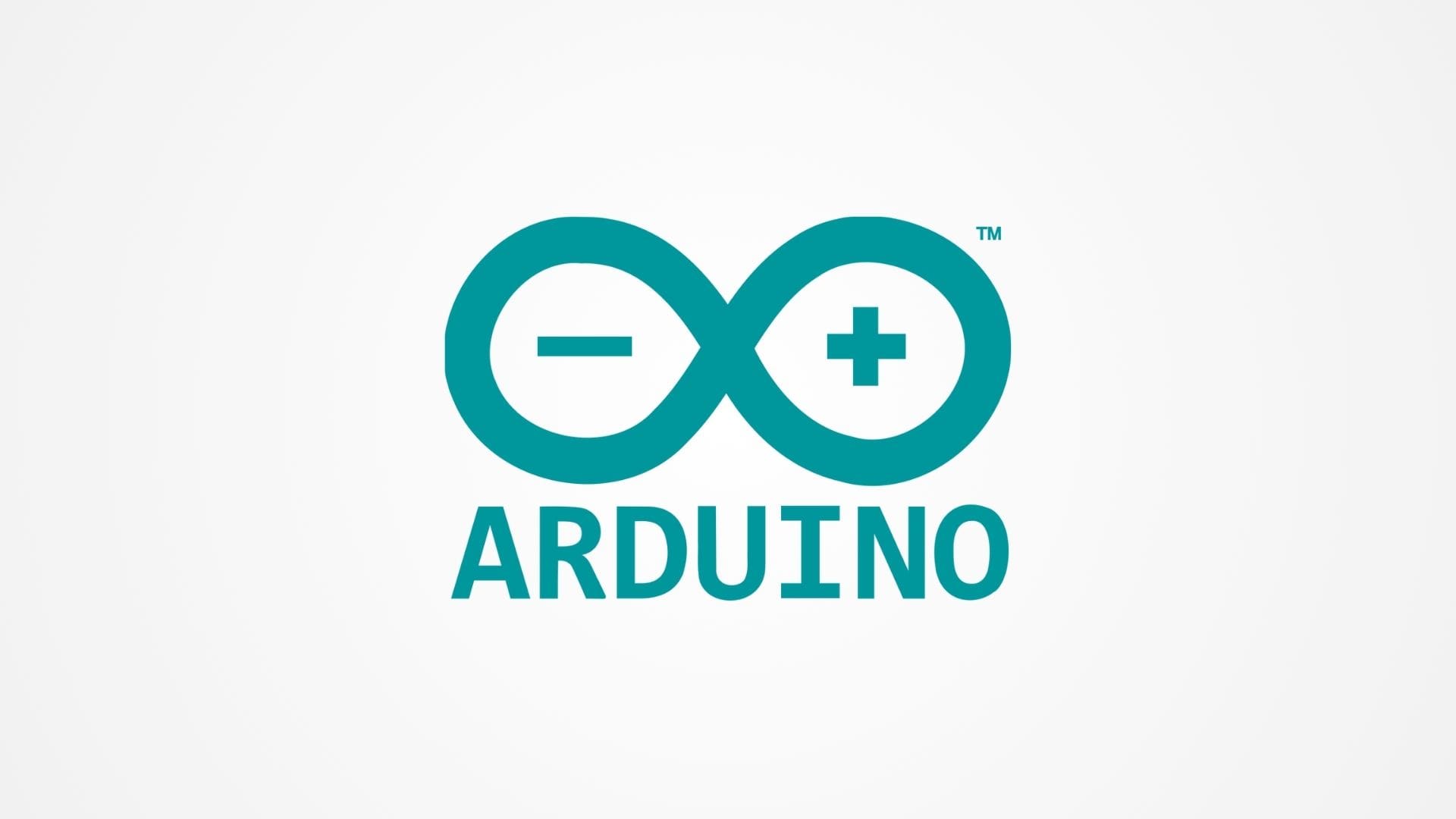Power plant engineering is integral to the generation and distribution of energy across the globe. As energy demands continue to rise and the push for sustainable practices strengthens, 3D printing, also known as additive manufacturing, is emerging as a transformative technology in this sector. This innovative manufacturing method offers significant advantages in designing and producing complex components, optimizing operational efficiency, and reducing environmental impact. From conventional fossil fuel plants to nuclear and renewable energy facilities, 3D printing is poised to revolutionize how power plants are built and maintained.
The Emergence of 3D Printing in Power Plant Engineering
Originally utilized for prototyping in various industries, 3D printing has evolved to facilitate the production of high-performance, durable components suitable for the demanding environments of power plants. This transition is driven by advancements in 3D printing technologies and materials that can withstand extreme temperatures, pressures, and corrosive conditions typical in power generation. Today, power plant engineers are leveraging 3D printing not only to enhance component performance but also to innovate in the maintenance and upgrading of energy systems.

Advantages of 3D Printing in Power Plant Engineering
Customization and Complex Geometries: 3D printing allows for the creation of parts with complex geometries that traditional manufacturing methods cannot achieve. This capability is crucial for developing components like turbine blades, heat exchangers, and cooling ducts, which can be optimized for maximum efficiency and performance.
Rapid Prototyping and Iterative Design: The ability to quickly produce prototypes enables engineers to test and refine designs more efficiently, accelerating the development process of new technologies and improvements in power plant operations.
Reduced Material Waste: Additive manufacturing contributes to sustainability by significantly reducing material waste compared to traditional subtractive manufacturing methods. This reduction is particularly valuable in an industry under increasing pressure to minimize environmental impact.
Improved Supply Chain and Inventory Management: 3D printing facilitates the on-demand production of spare parts, potentially revolutionizing inventory management and logistics within power plant operations. This capability ensures that parts are available when needed without the necessity for large, costly inventories.
Key Applications of 3D Printing in Power Plant Engineering
Turbine Components: One of the most significant applications of 3D printing in power plants is in the production of turbine blades and components. These parts can be designed with internal channels and structures that improve heat resistance and efficiency, directly enhancing the overall performance of turbines.
Cooling Systems: Advanced cooling components, crucial for maintaining operational temperatures and efficiencies in power plants, can be manufactured with 3D printing to include complex internal geometries that traditional methods cannot replicate.
Nuclear Applications: In nuclear power plants, 3D printing is used to produce components that meet the strict safety and quality standards required. This includes parts for reactor cores and radiation shielding components, which benefit from the precision and material properties offered by additive manufacturing.
Repair and Maintenance Tools: Custom tools and fixtures needed for specific maintenance tasks can be rapidly produced on-site, reducing downtime and improving the efficiency of routine operations and emergency repairs.

Challenges in 3D Printing for Power Plant Engineering
Despite the promising benefits, several challenges hinder the broader adoption of 3D printing in power plant engineering:
Material Durability and Certification: Ensuring that 3D-printed materials can withstand the operational demands of power plants and receive certification from relevant regulatory bodies is a significant challenge. These materials must exhibit high performance under extreme conditions over long periods.
Scaling Production: While 3D printing is ideal for producing specialized, low-volume components, scaling the technology for high-volume production remains economically and technically challenging.
Technical Expertise: Implementing 3D printing in power plant engineering requires specialized knowledge, not only in additive manufacturing techniques but also in materials science and component design specific to power generation applications.
Future Directions in 3D Printing for Power Plant Engineering
The future of 3D printing in power plant engineering looks promising, with continuous advancements likely to address the current challenges. Innovations in materials science, printer technologies, and digital modeling are expected to expand the applications and efficiency of 3D printing in this field. Furthermore, as the industry moves towards more sustainable and renewable energy sources, 3D printing could play a crucial role in developing the advanced components required for these new technologies.
3D printing is set to continue its transformative impact on power plant engineering, offering innovative solutions that enhance operational efficiency, reduce environmental impact, and foster technological advancement. As the technology progresses, it promises to play a pivotal role in meeting the evolving demands of the energy sector, driving forward the development of more efficient and sustainable power plants.








